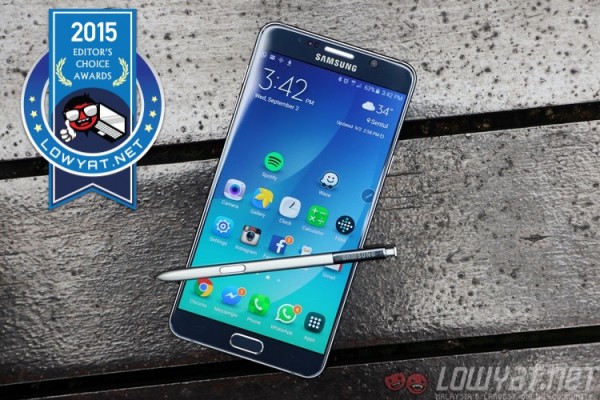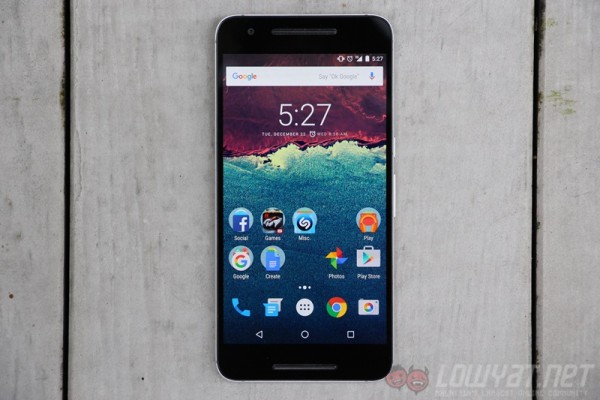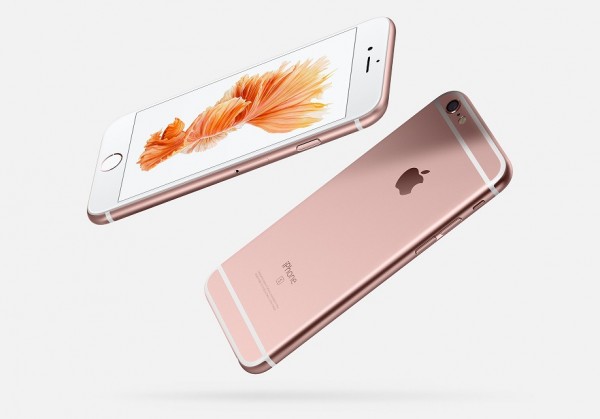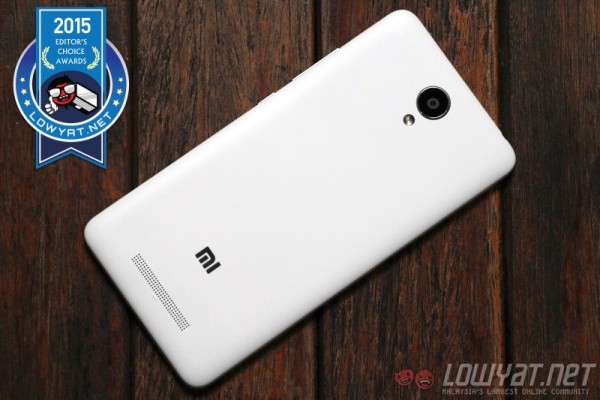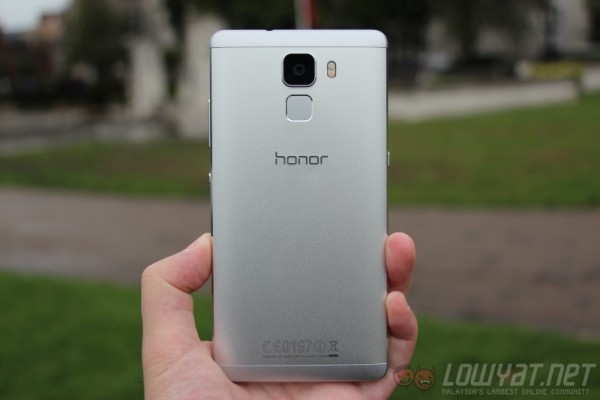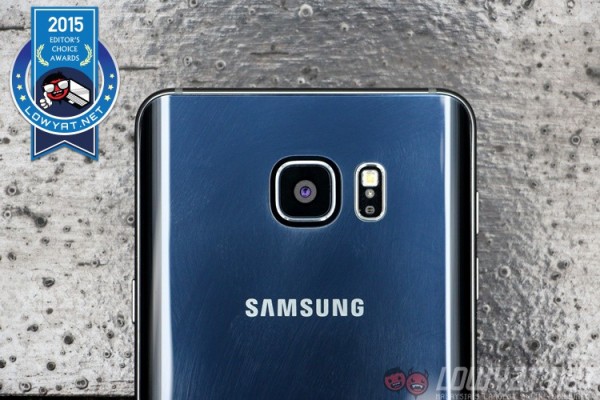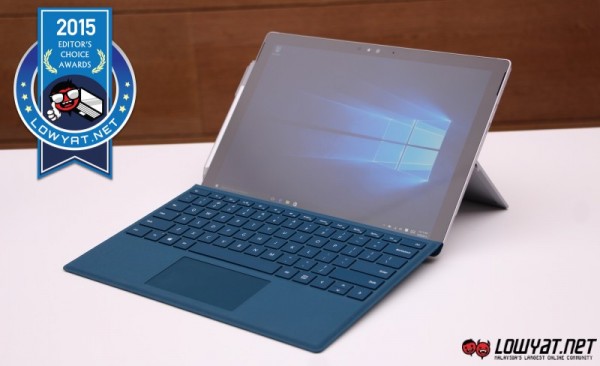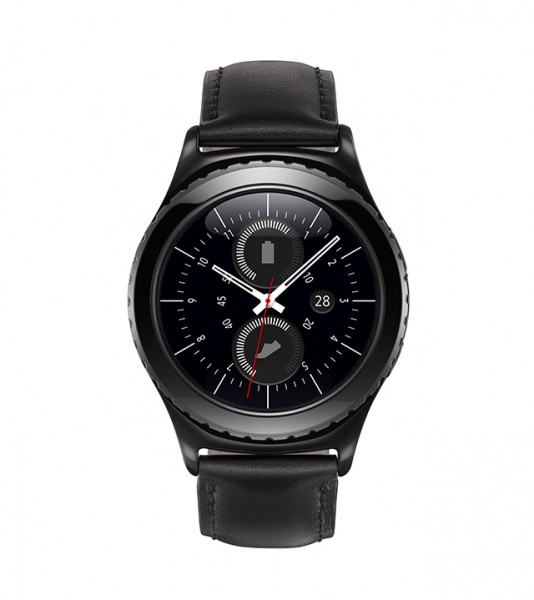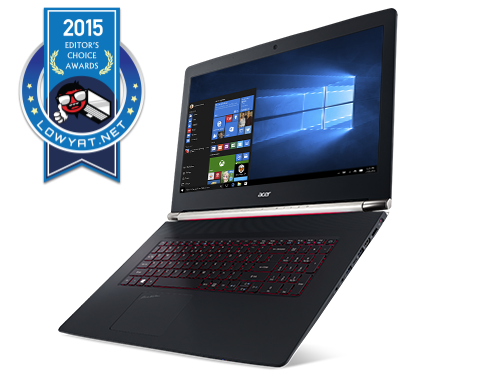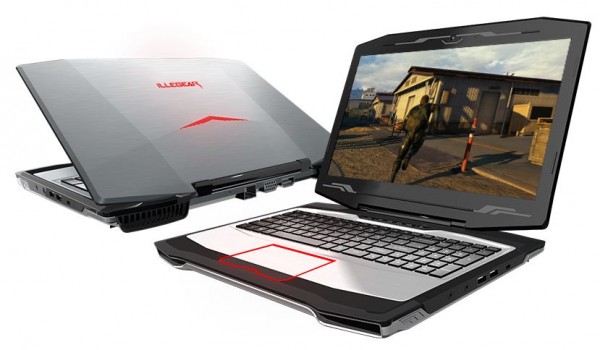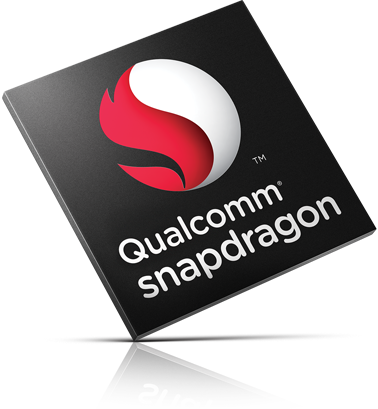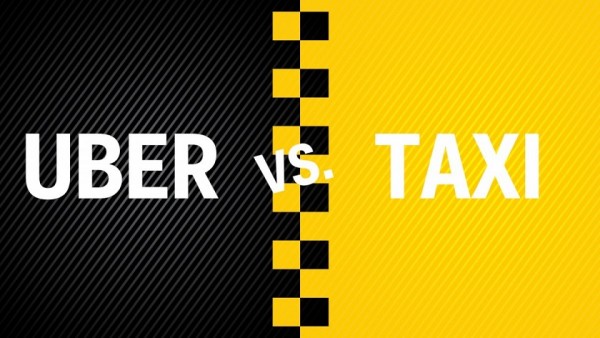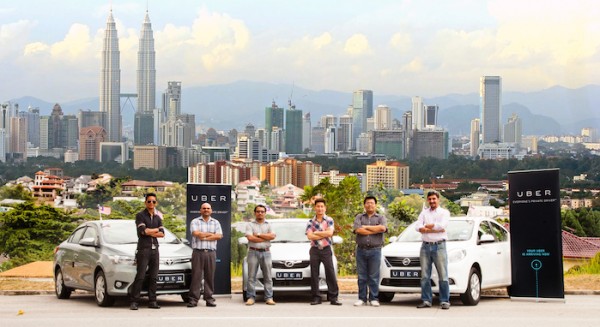And just like that, another year has passed. Nothing much has changed in the world of tech…except for a lot of things. Samsung remembered how to make great smartphones again, while Apple boldly went where no smartphone colour has gone before. Outside of the mobile industry, there were some impressive showings from the previously slumbering Microsoft too (among others). Let’s take a look back at the year that’s been, and pick the highlights just as you have voted. We’ll be publishing the results of the Community Choice Awards tomorrow, so stay tuned!
Best Smartphone of 2015: Samsung Galaxy Note 5
This year, we saw a myriad of truly good Android smartphones. From the fantastic mid-rangers to the flagships, it was never a better time to be an Android smartphone buyer. Samsung, in particular, surprised everyone with their smartphone showing in 2015. While the Galaxy S6 and S6 edge were the start of a bold new reboot for the giants suddenly facing a multitude of competitors, the Galaxy Note5 thoroughly deserved the accolade for the Best Smartphone of 2015. Samsung finally crafted a device its consumers have been waiting years for. Gone were the plastic frames in favour of an intoxicating mix of metal, glass and electric colours.
Add to that a package that includes genuinely useful S Pen features, great battery life and an exceptional camera, making the Galaxy Note 5 our top pick for Smartphone of the Year.
However, one area that can definitely be improved is – you guessed it – the software. While Samsung has actually done a surprisingly good job cleaning up TouchWiz (believe it or not, there’s less bloatware than Sony and LG’s UI now), its aggressive memory management definitely can be polished. What’s 4GB of memory when you can’t have more than four or five apps running in the background?
Honourable Mentions: Nexus 6P by Huawei & iPhone 6s/6s Plus
Finally, a Nexus in this list! Huawei’s hugely impressive contribution to the Nexus 6P makes it the best Nexus smartphone ever made. With an impressively premium, all metal construction, the latest hardware and a reliably good camera, the Nexus 6P could have easily walked home with the Best Smartphone award if not for the Galaxy Note 5’s impressive combination of design, improved software (S Pen software included) and exceptional camera. Nevertheless, we’re happy that a Nexus – the symbol of Google’s Android vision – is finally great enough to be in this year’s list.
On the other hand, the iPhone 6s and 6s Plus may not have changed much externally, but a combination of tougher materials and some much needed upgrades to the hardware means one of the best smartphone series has again been made that much better – even if the design is prime for an update. Besides the 12MP camera sensor, the introduction of 3D Touch – even if its applications are gimmicky for now – is a hint of new ways of interacting with a smartphone in the future.
Best Value for Money Smartphone of 2015: Xiaomi Redmi Note 2
Perhaps unsurprisingly, a Xiaomi takes the crown for the best value for money smartphone of 2015. Despite the tough competition this year, Xiaomi’s decision to pack a MediaTek Helio X10 processor – a flagship-level chipset found in devices three times the Redmi Note 2‘s price – makes this a no-brainer. The Mi 4i may have been a bit of a dud, but Xiaomi struck a home run with the Redmi Note 2. Not since the Mi 3 has a smartphone offered so much for so little.
And, it is also important to note that despite the release of the Redmi Note 3 shortly after the Redmi Note 2 went on sale in Malaysia, our market was the first international market in which the Redmi Note 2 was made available. Given the intense interest in the Redmi Note 3 in China, it’s likely that it won’t be released elsewhere anytime soon.
Honourable Mention: honor 7
honor is fast catching up to Xiaomi as a purveyor of high quality smartphones at affordable prices. The honor 7, priced at RM1,399, is a testament of the company’s rapid progress. This sub-brand of Huawei has established its own identity with the honor 7, a smartphone that packed some of the highest-level hardware when it was released several months ago, including a powerful Kirin 935 processor, 3GB of RAM and a capable 20MP Sony rear camera. This metal-clad smartphone also sports one of the fastest fingerprint sensors located at the back of the device, making it super easy to unlock the device.
Best Smartphone Camera of 2015: Samsung Galaxy Note 5
The Galaxy S6 before it gave a glimpse of what was to come, and the Note 5 did not disappoint. This was one of few smartphones that truly offers a fast and powerful camera. Having personally tried the cameras on the Note 5, Sony Xperia Z5, LG G4, Nexus 6P and the iPhone 6s Plus, the Note 5 was the only smartphone camera to offer exceptionally fast operations (Quick Launch is excellent, and there is no shutter lag), fast and accurate autofocus, as well as Auto HDR (again without visible shutter lag). The only other smartphone that comes toe to toe is the iPhone, with its ease of use and ability to effortlessly shoot great photos consistently.
Finally, the one aspect which I felt really made me enjoy shooting with the Note 5 was the expanded Manual mode. Being able to control ISO, exposure and shutter speeds the way that the Note 5’s camera does with the easily accessible UI makes it such a joy to use, and actually increased my interest in photography.
Best Tablet of 2015: Microsoft Surface Pro 4
For the second year running, the Surface Pro series easily gets our vote as the best tablet of the year. Building upon the Surface Pro 3’s success, Microsoft built a much more refined laptop disguised as a tablet with the Surface Pro 4. There’s the new Skylake processors powering the tablet up to a speedy Core i7, generous amounts of RAM, and interestingly, a display that’s rated as the best on any tablet in virtually every metric. This is important, as it defines the emerging user market that the SP4 is targeting: the creative professional. Paired with a Surface Pen, the Surface Pro 4 then becomes more of a tablet – successfully merging the best of tablet and laptop.
While they are expensive, the new Type Cover for the Surface Pro 4 deserves a mention, too. Microsoft actually redesigned the keyboard to offer a more “laptop-like” chiclet style layout with greater click travel. The touchpad is now 40% larger and also made of glass, making it more accurate and easier to use for gestures and drag-and-drop actions.
Best Smartwatch of 2015: Samsung Gear S2 Classic
With Android Wear progressing slower than expected, Samsung blew everyone out of the water with the introduction of the Gear S2 smartwatch. Powered by a now-unrecognisable Tizen wearable platform, the Gear S2 – especially the Gear S2 Classic – is not only functional, but also exceptionally stylish. Just a year ago it was almost impossible to put “Samsung” and “stylish” in the same sentence without a negative context, but how times have changed.
The Gear S2 pairs with any Android smartphone, and rumours are rife that the company is also developing support for iPhones. It syncs notifications and calls just as well as any Android Wear device, but the key element that Samsung nails is in the circular UI. The Gear S2 introduces a rotating bezel to navigate the smartwatch, which is a breath of innovative fresh air. It is truly a delight to use, and the screen isn’t obstructed – how’s that for killing two birds with one stone?
Best Affordable Gaming Laptop of 2015: Acer V Nitro
“Affordable” isn’t a term that we can throw lightly this year, what with our increasingly weak currency and higher cost of living. Last year’s winners for this category were retailing for just RM3,399 with an Nvidia GeForce GTX 860M GPU. There would be no repeat of such prices this year; Lenovo’s Y700 gaming laptop isn’t even coming till January. Thankfully, Acer (quietly) refreshed the V Nitro series, offering them in three configurations this time around.
For RM4,699, you get an Intel Core i7 processor, (only) 4GB of RAM, an Nvidia GeForce GTX960M 4GB, 1TB + 128GB SSD, a 15.6″ Full HD IPS display – you’d probably be spending about RM120 more for additional RAM. That said, this is still a solid package from Acer, which has been really quick to offer the new Skylake processors across its entire range of laptops.
Honourable Mention: Illegear Z5 Skylake
We were very close to choosing the Z5 as our top choice. For RM4,599, the Illegear Z5 offers a similar Core i7-6700HQ processor and GTX 960M 4GB GPU as the Acer V Nitro, but with 8GB and only a 1TB hard disk. The Z5’s 15.6″ Full HD IPS display is also calibrated to display 100% of Adobe’s sRGB colour gamut, which may be important to some. However, that retail price comes without any version of Windows installed; you’d have to fork out at least RM439 for Windows 10 Home, pushing the price tag beyond the RM5,000 mark. That said, if you order by today, you’d be getting some sweet upgrades as part of Illegear’s Christmas 2015 promotion, including 16GB of RAM, better thermal compound and professional colour calibration.
Flop of the Year: Electronic Products Became Wayyy Too Expensive in Malaysia
There’s no two ways about it: everything (not just electronic devices) became noticeably more expensive this year. As fans of tech and gadgets, we’re all affected by this, as flagship smartphones jumped several hundred ringgit, smartwatches comfortably broke the four-figure mark, and our favourite affordable gaming laptop just jumped RM1,300 in a year.
Of course, these things are not in the control of the manufacturers; we can’t just blame Apple or Samsung or even Xiaomi for increasing their prices overnight. These companies have their own challenges managing their business to remain competitive in the country.
Let’s just hope things eventually get better in 2016 – though we’re not quite sure if our currency can recover that quickly.
Honourable Mention: Qualcomm Snapdragon 810
Almost every flagship Android smartphone (save the Samsung flagships) used the Snapdragon 810, and virtually every one of them has had to deal with issues that can be traced back to the processor. Overheating and throttling issues are now common with Snapdragon 810-powered devices, despite the best thermal control efforts by phone makers. Worst of all, Qualcomm initially denied that the chipset is riddled with thermal issues – at one point the company even suggested it may have been a sabotage effort by its competitors.
Just as bad is the fact that it won’t be Qualcomm that’s being criticised – it’s the phone makers that get the blame when an app is forcefully closed or when the phone suddenly gets exceptionally hot. It may also explain why some companies refused to use the 810, opting for their own chipsets (like Samsung and Huawei), or using the 808 or even the 801 instead.
That being said, Qualcomm’s upcoming Snapdragon 820 is likely to be a completely different matter. Made using Qualcomm’s custom “Kyro” architecture (the 810 was built on ARM architecture), the 820 promises to be better than the 810 in every conceivable way. Let’s just hope it hasn’t yet lost the confidence of the phone makers.
Story of the Year: The Saga That Is Uber vs Malaysian Taxi Drivers
It is a gripping and simultaneously frustrating tale that went on for almost the entire year. Initially, the local taxi drivers made little noise when Uber, the disruptive ride-sharing app, entered the Malaysian market. We doubt that they even knew when MyTeksi’s GrabCar was introduced in Malaysia. But when the number of taxi passengers grew spectacularly thinner, Malaysian taxi drivers finally felt the impact.
And so began the protests. So began the arguments that Uber and GrabCar are illegal; these services are so ahead of their times, what these taxi drivers do not seem to comprehend is the fact that no existing law can govern the services. All over the world, governments are scrambling to figure out just how to regulate ride-sharing apps. But in Malaysia in particular, there is a strong reason why these apps are flourishing: ride sharing apps are kilometers ahead in terms of service and value.
Consumers are drawn to those two aspects; for a long time Malaysians have had to contend with poor taxi services that range from drivers who refused to use the meter or to drive to a specific location, to the unsettlingly bad conditions some taxis are in. The Malaysian market, it can be said, was in need of something as disruptive as Uber and GrabCar. Ideally, this would mean the taxi companies rolling up their sleeves and bucking up.
Then again, some things work differently in Malaysia.
Follow us on Instagram, Facebook, Twitter or Telegram for more updates and breaking news.




